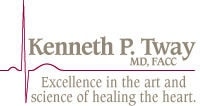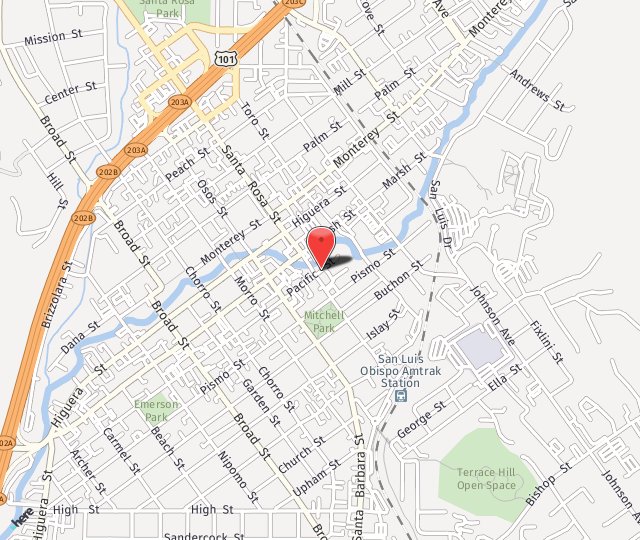Echocardiography uses an echocardiogram (ultrasound of the heart) to assess the functioning and health of the heart by creating images out of sound waves. In addition to detecting many other heart problems, echocardiograms can diagnose specific heart conditions; determine if heart abnormalities exist; and evaluate the effectiveness of procedures that have been performed on the heart. There are five basic types of echocardiograms: transthoracic (TTE); transesophageal (TEE); stress; Dobutamine stress; and intravascular ultrasound.
Types Of Echocardiography
The most common type of echocardiogram is TTE, which is painless and noninvasive. A transducer that emits high-frequency sound waves is placed on the patient's chest; when the sound waves bounce back to the transducer, they are interpreted by a computer and the results are shown on a monitor.
If more definitive images are needed, TEE may be performed. During TEE, the patient's throat is numbed with anesthetic, and a small transducer is guided through a thin, flexible tube that has been run through the patient's mouth into the esophagus, which connects the mouth to the stomach. Because the esophagus is located close to the heart, and there is no interference from the lungs or chest, the images produced are clearer and more detailed than those from TTE. A patient is advised not to eat for a number of hours prior to TEE.
For a stress echocardiogram, the patient exercises on a treadmill or stationary bicycle. The echocardiogram is performed both before and after the exercise. The advantage of this test is that it can show if there is a problem with blood flow, which is not always detected by other types of echocardiograms. A Dobutamine stress echocardiogram works on the same principle, but the heart rate is raised by the patient's taking a drug (dobutamine) rather than exercising.
Intravascular ultrasound is performed on patients undergoing cardiac catheterization, a procedure that checks the arteries of the heart. For a detailed view of blockages, a transducer is threaded through the catheter and into the blood vessels of the heart.
Echocardiography can also incorporate technology that produces three-dimensional images of the heart.
Risks Of Echocardiography
Radiation is not used in echocardiography, and risks are generally minimal. It is possible that, during TEE, the tube will scrape the throat, causing soreness. During stress and Dobutamine echocardiograms, the exercise can cause irregular heartbeats but, because patients are under medical supervision, complications are rare.


